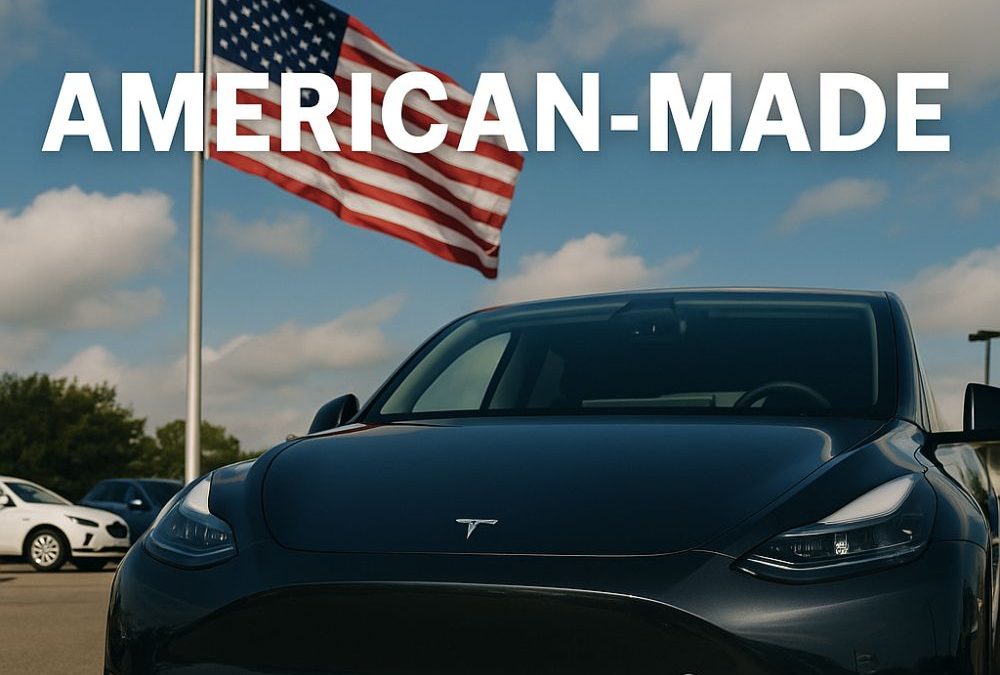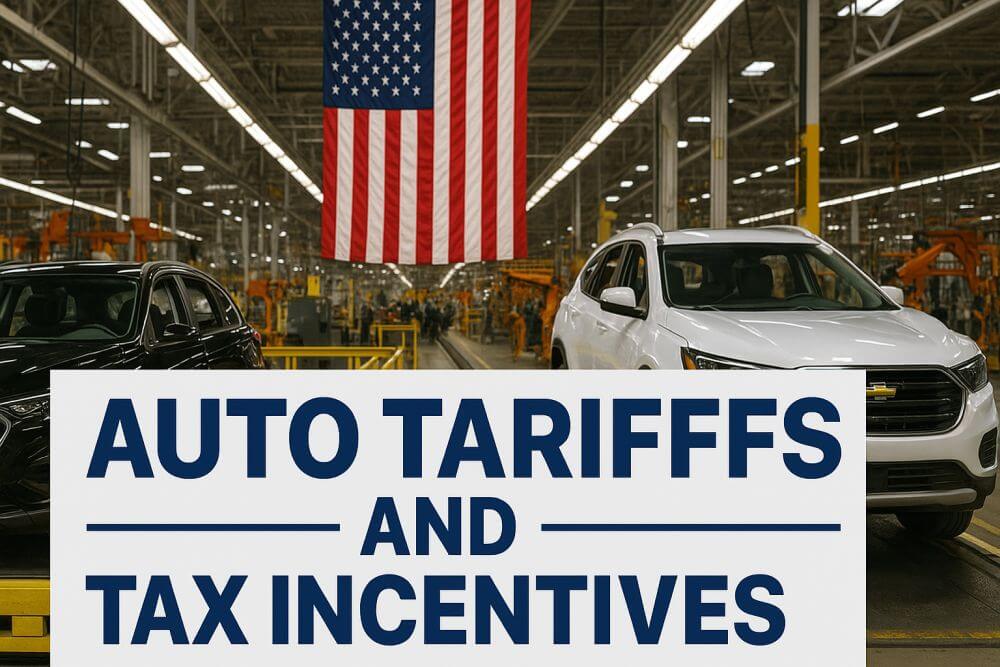The United States’ new tariff agreement with Japan is drawing sharp criticism from American carmakers, who warn that the deal gives Japanese automakers an unfair pricing edge in the U.S. market.
Under the terms of the agreement, Japanese vehicles will face a reduced 15% import tariff, replacing the 25% rate previously threatened. In exchange, Japan has committed $550 billion in U.S.-directed investments and promised to eliminate trade barriers for American-made cars sold in Japan.

But leaders from the Big 3 automakers — Ford, General Motors, and Stellantis — say the framework favors foreign rivals and leaves domestic manufacturers struggling to compete under higher material and component costs. U.S. automakers are still subject to steep tariffs of up to 50% on steel and aluminum, and 25% on parts and vehicles not covered under the US-Mexico-Canada Agreement (USMCA).
“This deal essentially lowers tariffs on vehicles with zero U.S. content,” said a spokesperson from the American Automotive Policy Council, the organization representing the Big 3. “Meanwhile, U.S. manufacturers and workers are left paying significantly higher costs to build here at home.”
Concerns of Uneven Playing Field
At the heart of the debate is the competitive disparity in production costs. While Japanese automakers like Toyota, Honda, and Nissan continue to operate plants in North America, they also import popular models directly from Japan. With a firm 15% tariff in place, many of these imports may now enjoy lower duties than U.S.-built vehicles that rely on foreign-sourced steel, aluminum, or electronic components.
Industry analysts point out that vehicles with high foreign parts content — even if assembled in the U.S. — could still be subject to higher cumulative tariff costs than imported Japanese cars under the new deal.
In politically crucial states such as Michigan, Ohio, and Wisconsin, where the automotive industry supports hundreds of thousands of jobs, concerns are growing that the administration’s efforts to stabilize foreign trade may unintentionally harm local manufacturers.
Tariffs, Trade, and Market Access
The White House has positioned the deal as a long-term economic win, promising job creation, investment, and a more level global playing field. It also emphasized that Japan will remove longstanding regulations that have made it difficult for U.S. vehicles to be sold domestically in Japan.
While the new framework technically opens the Japanese auto market, some experts remain skeptical. U.S., European, and Korean automakers currently represent less than 6% of Japan’s domestic auto sales — and many believe that without consumer demand or distribution networks, real market penetration will remain elusive.
“It’s an extremely difficult market to crack,” one industry executive said. “Even if regulatory doors are open, that doesn’t guarantee sales or a return on investment for American brands.”
What’s Next for U.S. Automakers?
In response to the deal, many industry groups are now calling for the administration to negotiate similar agreements with other key partners — including the European Union, South Korea, Canada, and Mexico — to ensure U.S. automakers are not disadvantaged across multiple fronts.
There are also growing expectations that the USMCA itself may be reopened for review next year, which could lead to broader discussions around tariff parity and regional trade fairness.
Despite concerns, some analysts believe the near-term impact of the Japan deal may be limited. Most high-volume models sold by Japanese brands are already assembled in North America, while imports tend to be niche vehicles like the Toyota 4Runner or Subaru Forester.
Still, domestic automakers remain cautious. If additional nations receive similar trade privileges, the cumulative effect could reshape pricing structures and supply chains across the entire automotive sector.
What This Means for Car Buyers
While the immediate effect on vehicle pricing is still uncertain, shifts in trade policy can ultimately impact MSRPs, parts availability, and even repair costs. For consumers, this underscores the importance of checking a vehicle’s production origin and parts history — especially when buying used.
🔎 Use VinCheckPro.com to run a Free VIN Check and reveal:
- Factory build location
- Manufacturer and trim-specific details
- Recall history
- Ownership and title records
Stay informed as the auto industry continues to adapt to global tariff changes, and make smarter decisions whether you’re buying new or used.


